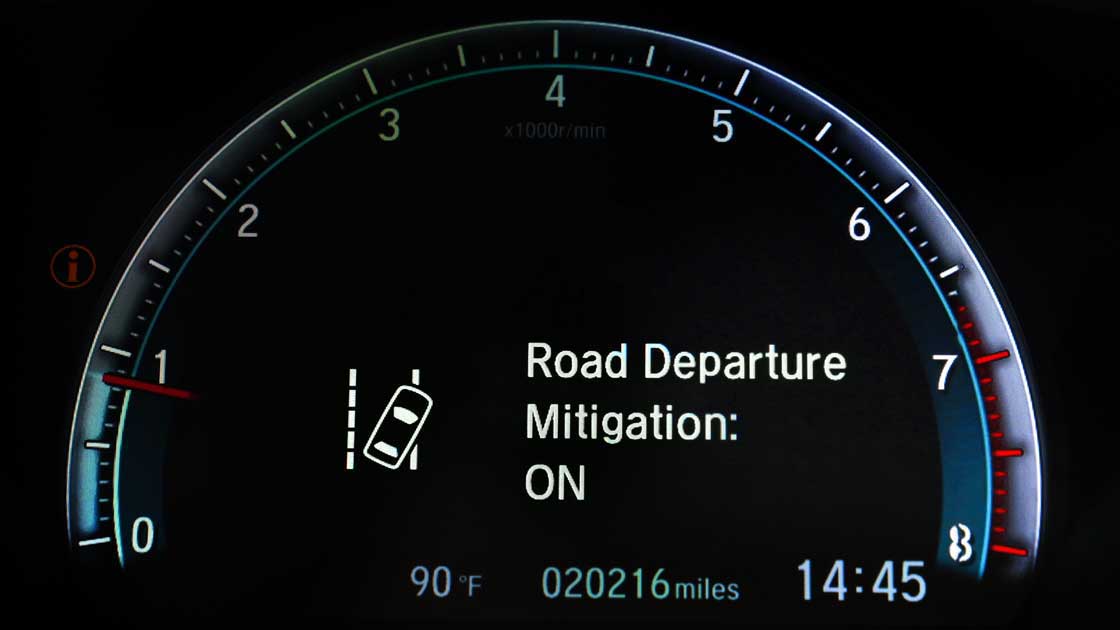IIHS Report Shows More Drivers Utilize Driver Assistance Systems
The new report showed 87% of drivers utilized the software, compared to only 51% just 8 years ago...

A new study from the Insurance Institute for Highway Safety shows that nearly 9-out-of-10 drivers of vehicles equipped with lane departure warning and prevention systems now keep them switched on. Seven-out-of-10 drivers of vehicles that give visual alerts when they exceed the speed limit also keep that feature running.
“These results hint at a growing awareness that crash avoidance systems and other technologies can improve safety,” said David Harkey, IIHS president. “It also indicates automakers’ efforts to increase usage rates have been a success.”
However, lane departure warning and prevention systems haven’t had the same effects on insurance claims and police-reported crashes as forward collision warning and automatic emergency braking (AEB), research shows. That’s because front-to-rear crashes are much more common than the sideswipe, head-on and run-off-road crashes that lane departure systems address.

Among nearly 2,400 vehicles of various makes that were brought to dealerships in the Washington, D.C., metropolitan area for service, IIHS researchers found that lane departure warning and prevention systems were activated in 87%. In contrast, only 51% of vehicles in a similar study conducted eight years ago had any kind of lane maintenance system activated.
The current survey showed that front crash prevention — forward collision warning or AEB — was activated in 94% of the vehicles, compared with 93% in the earlier one.
Past research has shown that drivers find audible lane departure alerts annoying. In the earlier study, that was reflected in higher activation rates for systems that used haptic alerts such as seat or steering wheel vibrations instead. The same preference was clear in the new study, but this time four of the six automakers covered in the study either primarily used haptic alerts or allowed the driver to select their preferred alert mode, with haptic as an option.
“The results reflect a combination of better designs and a growing acceptance of crash avoidance systems, more generally,” said Aimee Cox, IIHS research scientist and lead author of the study. “The new designs make the feature a little harder to turn off and a lot less annoying for the driver.”
The researchers found that visual speed warnings were activated in 70% of vehicles. In contrast, systems that gave an audible warning when the driver exceeded the speed limit were only switched on in 14% of the vehicles observed.
The European Union now requires all new vehicles to be equipped with ISA systems that at least give visual alerts with either cascading audible or haptic warnings.
“The increased acceptance of lane departure prevention should translate into larger reductions in crash rates,” Harkey said. “The same thing can happen with anti-speeding alerts which these results show are already more popular with drivers than some experts believed possible.”



